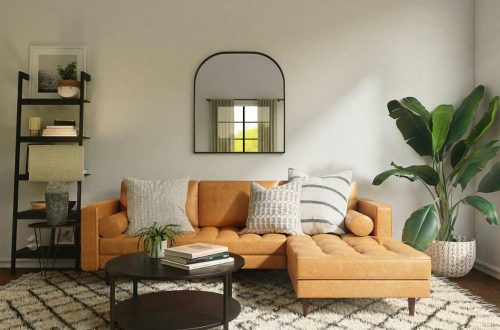
Behind the Design: Exploring the Origins of Art Deco
In the realm of art and design, few styles evoke the glamour and sophistication of the 1920s and 1930s quite like Art Deco. From the streamlined architecture of skyscrapers to the sleek lines of furniture and jewelry, Art Deco continues to captivate with its unique blend of luxury and modernity. But where did this influential design movement originate, and what are its defining characteristics?
The Roaring Twenties: A Cultural Revolution
Art Deco emerged during the interwar period, characterized by economic prosperity and social change. It flourished primarily in the 1920s and 1930s, reflecting the optimism and dynamism of the era. The style was a rejection of the ornate and elaborate aesthetics of the preceding Art Nouveau movement, embracing instead a more geometric and streamlined approach.
Origins and Influences
The term “Art Deco” is believed to have originated from the 1925 Exposition Internationale des Arts Décoratifs et Industriels Modernes held in Paris. This event showcased a new wave of design characterized by bold geometric shapes, lavish ornamentation, and a focus on luxury materials such as ivory, lacquer, and exotic woods.
Art Deco drew inspiration from various global influences, including the vibrant colors of Ancient Egyptian art, the bold geometric patterns of Cubism, and the sleek forms of modern technology like automobiles and airplanes. This eclectic blend of influences contributed to Art Deco’s distinctive aesthetic.
Key Elements of Art Deco Design
1. Geometric Shapes
Art Deco is defined by clean lines and geometric shapes, often arranged in symmetrical patterns. Rectangles, triangles, and trapezoids abound, conveying a sense of order and precision.
2. Luxurious Materials
Central to Art Deco is the use of opulent materials such as chrome, glass, mirrors, and richly colored stones like onyx and jade. These materials were chosen for their luxurious appeal and reflective qualities.
3. Streamlined Forms
Influenced by the rise of industrial design, Art Deco incorporates streamlined, aerodynamic forms that symbolize progress and technological advancement.
Global Impact and Legacy
Art Deco quickly spread beyond France, influencing design and architecture worldwide. Major cities like New York, Miami, and Shanghai adopted Art Deco in their skyscrapers, hotels, and theaters. The style became synonymous with modernity and luxury, leaving an indelible mark on the visual culture of the early 20th century.
Conclusion
In summary, Art Deco is a design movement that emerged during a time of cultural and economic transformation. Its origins can be traced back to the optimism and exuberance of the 1920s and 1930s, when artists and designers sought to break away from tradition and embrace a new, modern aesthetic. With its emphasis on geometric shapes, luxurious materials, and streamlined forms, Art Deco continues to inspire and influence contemporary design, proving that the allure of this iconic style remains as strong as ever.




